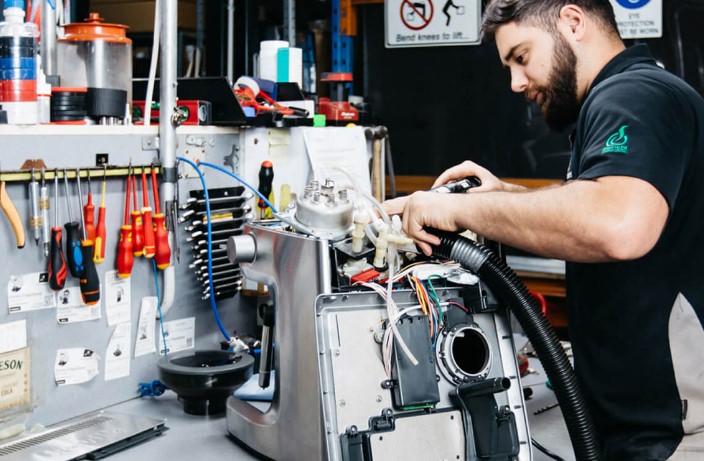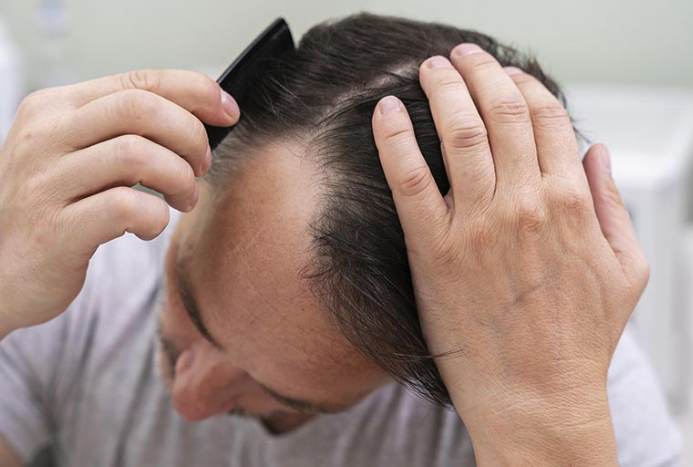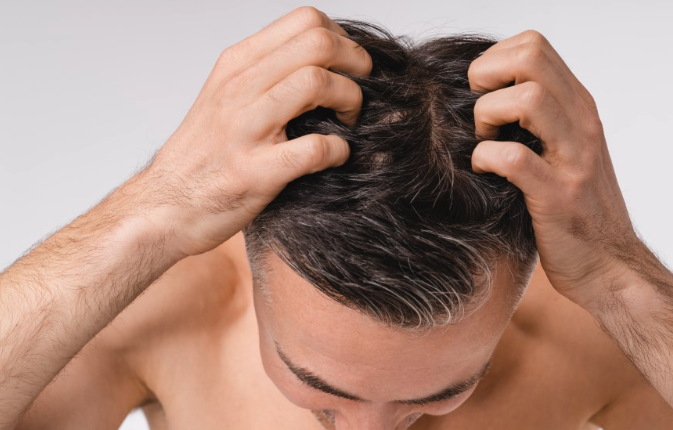Introduction
Durable, evenly spaced seams are the hallmark of high‑quality leather goods. Achieving long‑lasting stitches depends on precision hole‑making, reliable thread, and the right needles. This article spotlights the best leather stitching tools, covering leather stitching tools, hole devices, thread choices, and stitching techniques, to help you create seams that stand the test of time.
Hole‑Making Implements
Evenly spaced, burr‑free holes set the stage for strong seams. Diamond‑point stitching chisels (4‑tooth and 6‑tooth) punch uniform holes for saddle stitching. For variable spacing or thicker leather, a stitch groover followed by individual poking awls lets you customise hole placement. Hollow punches sized to your thread thickness create clean holes for decorative top‑stitching.
Choosing the Right Thread
Waxed polyester and nylon threads dominate modern leathercraft for their strength and abrasion resistance. Thread diameter, measured in tex or denier, dictates visual scale and tensile capacity:
- 0.6 mm (tex 138): Light tasks (wallets, straps)
- 0.8 mm (tex 210): Medium‑weight goods (purses, belts)
- 1.2 mm (tex 312+): Heavy‑duty work (luggage, saddlery)
Pre‑waxed threads glide smoothly; refresh wax with beads of beeswax if friction increases during stitching.
Needle Selection: Harness vs. Glovers’
- Harness Needles: Blunt, rounded tips push between leather fibers, ideal for saddle stitch through pre‑punched holes.
- Glovers’ Needles: Sharp, tapered tips pierce fresh leather, enabling running stitch without pre‑punching.
Match needle size to thread: the eye should accommodate the thread while leaving two‑thirds of its height free to reduce wobble.
Stitching Techniques
Saddle Stitch, the gold standard, uses two needles on either end of a single thread, locking each stitch in place for unmatched strength. Maintain even tension by pulling both sides after each stitch so seams lie flat without puckering. A stitching pony or clamp holds your work steadily, reducing hand fatigue and improving stitch accuracy.
Running Stitch, faster but less robust, using one needle. Suitable for decorative top‑stitching or low‑stress seams. Use glovers’ needles and maintain consistent stitch length by marking guide lines with a wing divider.
Sewing Accessories
A stitch groover creates a recess that protects thread from wear. Adjustable stitch markers scribe uniform hole lines at a consistent distance from edges. Beeswax blocks and thread conditioners keep your waxed thread supple and lubricated. A spool holder keeps thread tangle‑free during long sessions.
Finishing and Securing Ends
At seam ends, overlap the last few stitches and sew back through them to lock the thread. Trim close to the leather surface, then tap the ends with a dab of beeswax and compress with a slicker to hide frayed bits. This creates a seamless finish that resists unraveling.
Conclusion
Investing in the best leather stitching tools, from leather stitching tools and hole‑making devices to quality thread and needles, lays the groundwork for seams that endure both function and time. By mastering the saddle stitch method, utilising precision hole devices, and maintaining your tools, you’ll produce leather goods distinguished by neat, robust stitching. Embrace these leather stitching tools and techniques to elevate every project you undertake.









